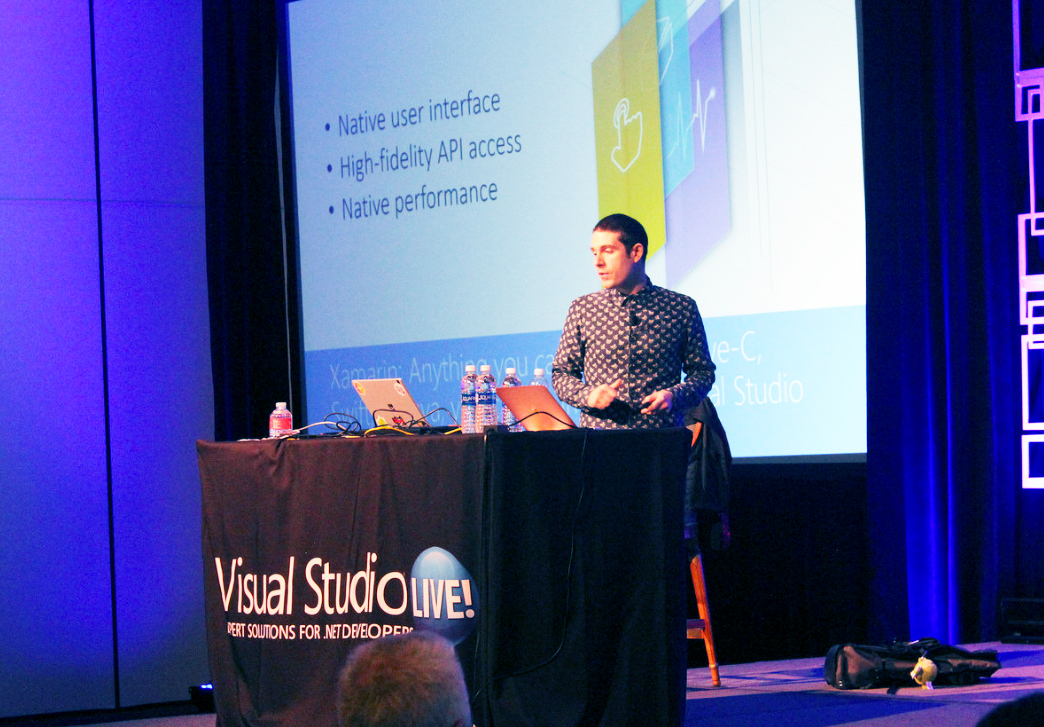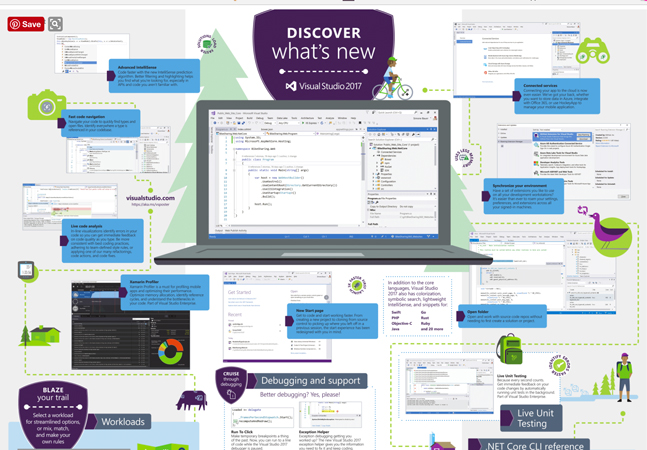
The Microsoft development teams responsible for Visual F# and TypeScript recently provided their respective communities with some insight into their development efforts moving forward, now that the Visual Studio 2017 release hubbub has cleared. The goal with the insights via two recent blog posts, it seems, is toward more transparency.
- By Michael Domingo
- 03/30/2017

While Visual Basic is a bit more forgiving with data conversions, you'll need to jump through some hoops to do similar conversions in C#.

When your objects get sufficiently complicated to create, it's time to simplify your life by moving to the Builder pattern. The Builder pattern is not only a great pattern for creating complicated objects, it supports your application's further evolution.

Azure Service Fabric team hopes to spur improvements to Service Fabric .NET SDK through the open source community. ASF and the SDK have also recently been updated.
- By Michael Domingo
- 03/27/2017

It's at 1.0, with a version supporting Visual Studio 2017 to follow some time in May.
- By Michael Domingo
- 03/24/2017

Mobilize.net now has support for Visual Studio 2017 for users of its VB-to-.NET code migration tool.
- By Michael Domingo
- 03/24/2017

If you don't use a section in a View, then you'll get an error. But you may not find out until it's too late.

Visual Studio Code's February Build is now available, and it sports quite a few updates having to do with the workbench and debugging features, and includes a preview of a new code view.
- By Michael Domingo
- 03/23/2017

Similar to the UITableView in iOS and ListView in Android, the XF version can be used to cache images for use in other locations of an application.
- By Wallace McClure
- 03/22/2017

The Entity Framework DbEntityEntry object lets you do all sorts of things you probably didn't think were possible, including getting the latest data from the database (without losing your current data) and invoking the .NET Framework validation subsystem.

No longer a pipe dream, cross-platform coding has been made fairly straightforward and nearly ordinary with tools from Xamarin and others. At VSLive!, Microsoft's James Montemagno demonstrated the ease with which cross-platform apps can be delivered without venturing too far from the C# space.

Let's use this classical statistics technique -- and some R, of course -- to get to some of the latent variables hiding in your data.
- By James McCaffrey
- 03/16/2017

Nifty, printable info graphic shows everything new and updated in the latest developer suite.
- By Michael Domingo
- 03/15/2017

.NET developers now have another option for the streamlined creation of cloud apps, now that Google App Engine has announced support for the Microsoft developer stack.
- By Michael Domingo
- 03/14/2017

If you're not using the Entity Framework DbCollectionEntry object when working with an entity class's related objects, then your application is running too slow. Using DbCollectionEntry lets you asynchronously retrieve related objects and get only the objects you want.

Visual Studio Team Services team are in the midst of rolling out yet another sprint, this one with additional Delivery plans features, a more optimized mobile work item experience, and some other Team features.
- By Michael Domingo
- 03/09/2017

With Visual Studio 2017 making its debut next week, a number of software and services that comprise its tooling ecosystem have already embedded support for the development platform.
- By Michael Domingo
- 03/02/2017

Entity Framework Core doesn't have lazy loading (at least, not yet). But you can fake it by using explicit loading, though it doesn't work quite the way you might want. In fact, it's probably a good idea to use this in Entity Framework 6.

If you want to ensure that the right code is loaded at the right time (and only loaded when you need it), you can use TypeScript code to organize your code into modules. As a side benefit, managing your script tags will get considerably easier.

Imagine platform-neutral, language-agnostic tools for writing code. Awesome, yes, but using tools like Visual Studio Code to compose your programmatic masterpiece will require a bit of rethinking.